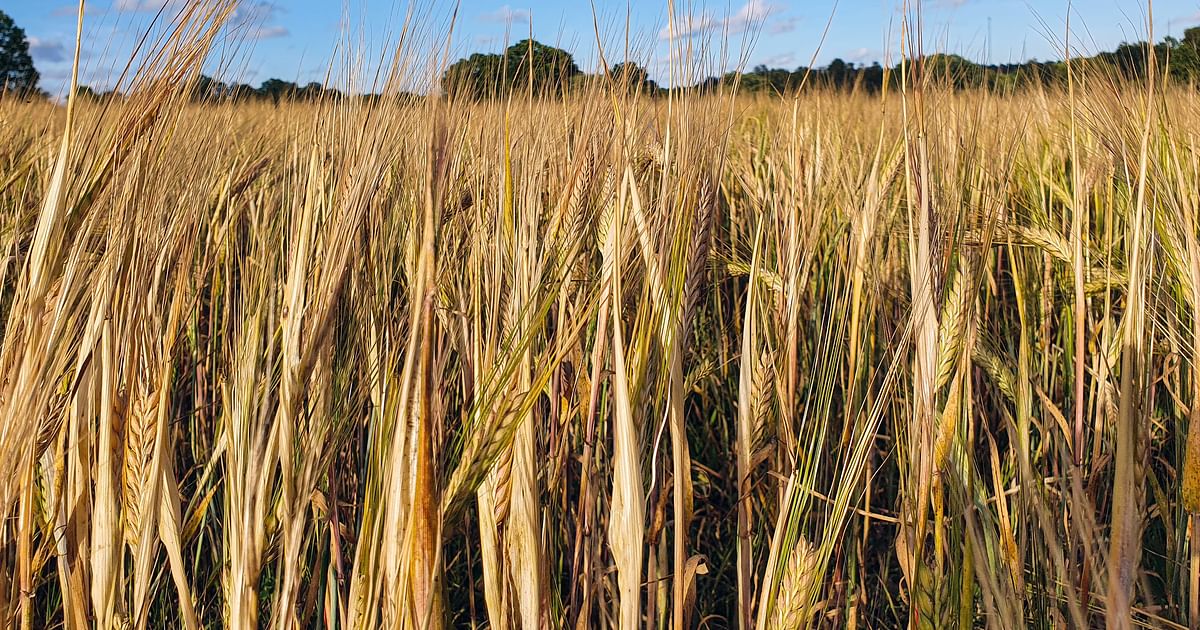[ad_1]
India’s already high food subsidy bill is likely to stay elevated after the cabinet’s decision to provide free food grains under the National Food Security Act 2013.
While the government discontinued the pandemic-era Pradhan Mantri Garib Kalyan Anna Yojana, it will now provide free food grains to about 81.35 crore beneficiaries under the National Food Security Act for one year from Jan. 1.
Calling the government’s move “fiscally prudent”, Radhika Pandey, senior fellow, at the National Institute of Public Finance and Policy said the continuation of the free food grain scheme under the PMGKAY would have led to an additional outlay of more than Rs 1 lakh crore.
“Making the distribution of food grains under the PDS (public distribution system) free of cost would be less draining fiscally,” Pandey said.
The PMGKAY provided 5 kilograms of free food grains per month to beneficiaries during the pandemic, in addition to the normal quota provided under the NFSA at a subsidised rate.
With its latest move the government aims to provide more clarity on food subsidy ahead of the Union Budget, as the free food grain scheme is likely to increase revenue spending, said Sonal Badhan, an economist at Bank of Baroda.
While the scheme will keep the food subsidy bill high, it is necessary at this juncture, said DK Joshi, chief economist at Crisil Ratings.
“Food inflation continues to remain high, particularly in the two items of mass consumption—rice and wheat,” he said. “The goal of giving out free food grains under the NFSA is to protect people with lower incomes from food inflation and the high level of uncertainty that exists in general.”
Bringing PMGKAY under the NFSA is essentially institutionalising the scheme and ensuring its long-term viability, according to Teresa John, an economist with Nirmal Bang Institutional Equities. She expects food subsidies to remain elevated, defying earlier expectations of lower subsidies in fiscal 2024. However, fertiliser subsidies may moderate, she said.
By combining the schemes, the government will save money, according to Badhan of Bank of Baroda. But the stickiness of the food subsidy bill at elevated levels remains a cause for concern, she said. Given the expected slack in revenue buoyancy from the next fiscal year and the fertiliser subsidy remaining on the high side, she sees little room for a tax cut in the upcoming budget.
However, Crisil’s Joshi said the government at some point will have to taper down the scheme.
“Hopefully, lower international prices in the coming year may help reduce fertiliser subsidies,” he said. “Else, the overall subsidy bill will remain bloated for the next fiscal as well.”
With lower nominal growth expected next year, the tax collections could be less buoyant than this year, Joshi said. “This will make budgeting a challenging task.”
Suvodeep Rakshit, senior economist at Kotak Institutional Equities, said the government not only gains by reducing the food subsidy, but it also lowers the burden on grain reserves.
With the reduced entitlement for beneficiaries, there would be some additional demand in the open markets, Rakshit said. However, the government can manage this through regular open market sales of food grains, which should help to cool food prices.
The discontinuation of the PMGKAY would ensure that the government would have adequate stocks over and above the buffer stock, Pandey said.
Wheat stocks stood at 169.9 lakh metric tonnes in December 2022, while rice stocks stood at 293.9 lakh metric tonnes, according to data from the Food Corporation of India.
[ad_2]
Image and article originally from www.bqprime.com. Read the original article here.

